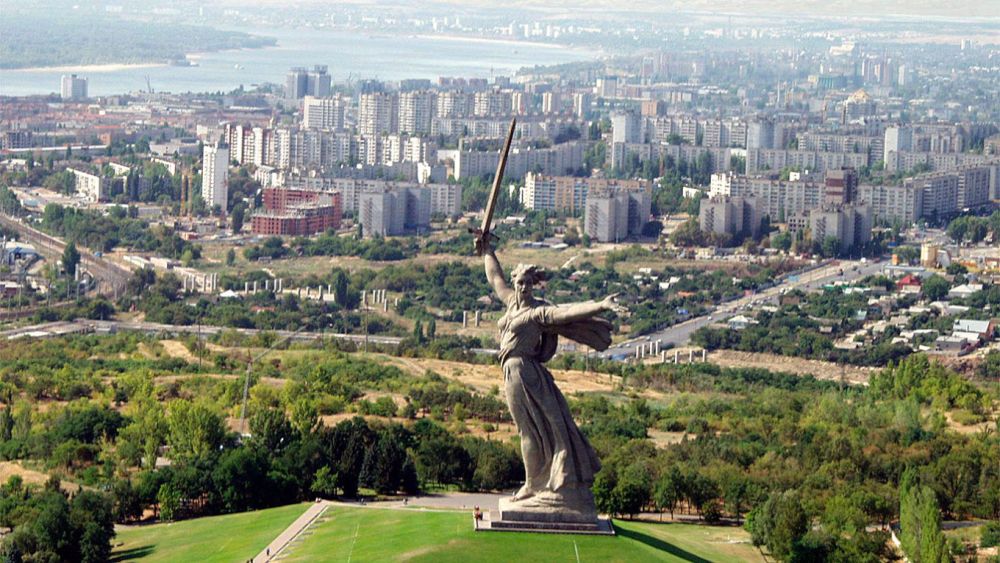

Volgograd, previously known as Stalingrad, is a city with a rich and compelling history, which serves as the bedrock of its tourism industry. The city is famously recognized for the Battle of Stalingrad during World War II, which turned the tide against the German forces. Today, Volgograd is a beacon of Russian resilience and patriotism, attracting visitors from all over the world who are interested in military history and Soviet architecture.
The history of tourism in Volgograd is closely tied to the legacy of the Battle of Stalingrad. After the war, the Soviet Union began to commemorate the battle, and the city was reconstructed with numerous memorials and museums dedicated to the historic event. The creation of the Mamayev Kurgan memorial complex in 1967, featuring the towering statue "The Motherland Calls," marked a significant milestone, solidifying Volgograd as a place of pilgrimage for those wishing to pay their respects to the heroes of the battle.
With the opening of the Panorama Museum in the 1980s, which depicts the Battle of Stalingrad with a massive panoramic painting, Volgograd further established itself as a historical and cultural hub. These developments were pivotal in shaping the city's tourism industry, which began to thrive as domestic and international visitors increased.
In recent years, Volgograd's tourism has shifted to embrace a more diverse array of attractions beyond its historical sites. The city, situated along the Volga River, has started to leverage its natural beauty to appeal to a wider demographic of travelers interested in river cruises and outdoor activities.
The Volgograd Arena, constructed for the 2018 FIFA World Cup, has also brought a new wave of sports tourism to the area. The stadium's design and significance as a World Cup venue continue to attract football fans, creating a unique blend of sporting history and traditional cultural tourism.
Furthermore, Volgograd has seen a growth in cultural festivals and events which serve to enrich the visitor experience. The city hosts various theatrical performances, music concerts, and art exhibitions, reflecting a growing trend in cultural tourism.
Volgograd's local authorities have been proactive in promoting the city as a year-round destination. Efforts to improve infrastructure, increase accommodation options, and provide multilingual tourism resources highlight the city's commitment to welcoming an international audience.
The future of tourism in Volgograd looks promising, with plans to develop and restore historic areas, enhance public spaces, and promote the region's unique heritage. As global interest in cultural and historical travel continues to grow, Volgograd stands poised to become an even more significant destination for those seeking to understand Russia's wartime history and experience its vibrant culture.
For those planning a visit, the best times to travel are typically during the spring and fall, when the weather is most favorable for outdoor activities and sightseeing. Visitors are encouraged to experience the traditional Russian cuisines, explore the city's numerous parks and squares, and participate in guided tours that reveal the deeper stories of Volgograd's historic battles and triumphs.
In conclusion, Volgograd offers a unique combination of profound historical significance and evolving tourism trends that cater to a variety of interests, making it a must-visit destination for anyone traveling to Russia.